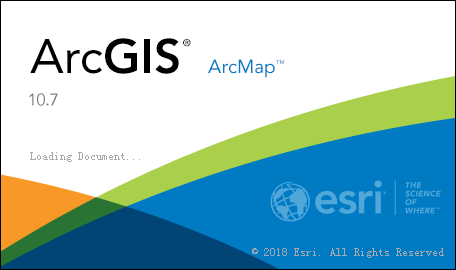Components of GIS
Components of GIS
A working Geographic Information
System seamlessly integrates five key
components-
1. Hardware:-
•
Computer
•
Digitizer
•
Scanner
•
Printer/Plotter
2. Software:-
GIS software provides the
functions and tools needed to store, analyze, and display geographic
information.
The Key components of GIS Software are:-
The Key components of GIS Software are:-
- Tools for entering and manipulating geographic information such as addresses or political boundaries
- A database management system (DBMS)
- Tools that create intelligent digital maps you can analyze, query for more information, or print for presentation
- An easy-to-use graphical user interface (GUI)
Major
GIS software
- ARCGIS ( ArcView 10.1)
- ArcView: ESRI, the producer of ArcView, has been an industry leader in the production of GIS software and in the support of GIS education. Access ready-to-use ArcGIS for Desktop Basic (formerly known as ArcView), which allows one to view spatial data, create layered maps, and perform basic spatial analysis
- GRASS GIS (Geographic Resources Analysis Support System)
- Google Map
- Google Earth
3. Data:-
- GIS incorporates geographical features with tabular data in order to map, analyze, and assess real-world problems.
- Data that is in some way referenced to locations on the earth. Attribute data can be generally defined as additional information about each of the spatial features.
- Geographic data and related tabular data can be produced by digitizing images from aerial photographs or published maps.
- An example of this would be college. The actual location of the College is the spatial data.
- Additional data such as the College name, specialization, capacity would make up the attribute data.
4. People:-
- GIS users range from technical specialists who design and maintain the system to those who use it to help them perform their everyday work.
5. Methods
- A successful GIS operates according to a well-designed plan and business rules, which are the models and operating practices unique to each organization


Comments
Post a Comment